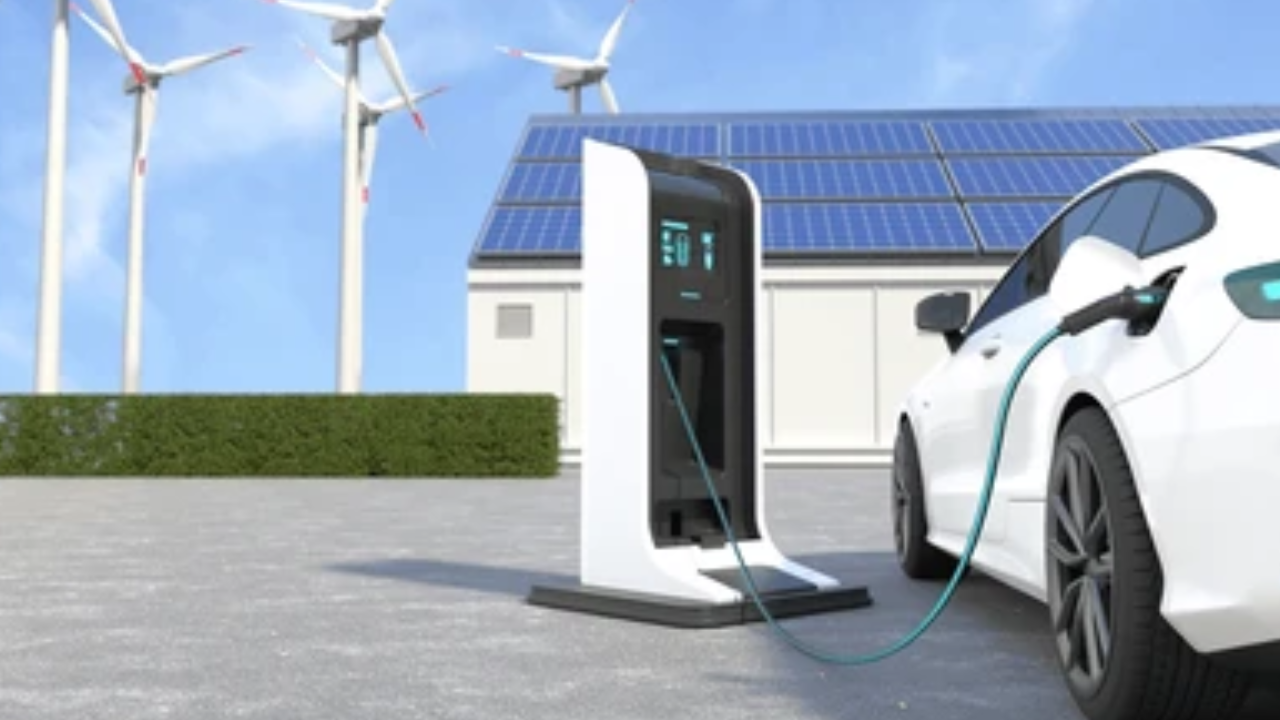The importance of battery charging systems cannot be overemphasized in an era dominated by electronic devices, electric cars, and renewable energy sources. These technologies are the cornerstone of energy replenishment at the nexus of powering our modern, linked lifestyles.
A symphony of meticulously coordinated components, ranging from power sources to complex controllers, converts electrical energy into a critical resource that powers batteries in a variety of applications. Battery charging systems are evolving in lockstep with technological advancements, incorporating smart features, safety safeguards, and adaptable algorithms.
These systems, which range from modest charging wires to sophisticated energy management systems, have become the backbone of our move toward more sustainable and efficient energy habits. The battery charging system is more than just power lines; it is the architect of a cleaner, more connected future.
Components of Battery Charging Systems and Their Roles
The lifeblood of electronic devices, cars, and renewable energy storage options is battery charging systems. Understanding these systems’ numerous components is critical for optimizing charging efficiency, ensuring battery health, and encouraging overall safety. This article dives into the fundamental components that comprise battery charging systems, investigating their functions and contributions to the continuous replenishment of electrical energy.
Power Source
The power source, which delivers the electrical energy needed to charge the battery, is at the heart of any battery charging system. This source can range from standard electrical outlets for tiny electronic gadgets to specialized charging stations, solar panels, or even vehicle alternators for bigger applications.
Charger Controller
The charger controller is an important component that handles the charging process. It regulates the voltage and current delivered to the battery, ensuring that they are within safe and optimal levels. Modern charging systems frequently integrate smart charger controllers with microprocessor control, offering additional features such as temperature monitoring and adaptive charging algorithms.
Voltage Regulator
A voltage regulator is in charge of ensuring a consistent voltage output from the charger to the battery. It prevents voltage spikes or oscillations from damaging the battery. Voltage control is especially critical in applications where exact voltage levels are required for safe and efficient charging.
Current Regulator
Like the voltage regulator, the current regulator regulates the charging current delivered to the battery. It guarantees that the battery receives a continuous and controlled flow of electricity, preventing overcharging and optimizing the charging process.
Transformer
Transformers are used to transform the electrical voltage from the power source to the voltage necessary for battery charging. They are critical in regulating the voltage levels based on the charging systems and the battery being charged’s specific requirements.
Rectifier
A rectifier is used in alternating current (AC) charging systems to convert AC power from the source into direct current (DC), which is ideal for charging batteries. This conversion is critical, particularly when the power grid provides alternating current but the battery demands direct current.
Battery
While the battery is not a part of the charging system in and of itself, it is the primary recipient of the charging process. Batteries are essential components of every charging system because they store and release electrical energy. The particular charging requirements and considerations depend on the type of battery (e.g., lead-acid, lithium-ion).
Charging Cable
The charging wire connects the charging mechanism to the battery physically. It transports electrical energy from the charger to the battery, and its design and specifications must be compatible with the charging system’s capabilities and the battery’s specs.
Cooling System
A cooling system may be implemented into high-power charging systems, particularly in electric vehicles or fast-charging stations. This technology minimizes overheating during rapid charging by keeping the charging components and the battery at optimal operating temperatures.
Indicators and Displays
Many charging systems have indicators or displays to offer important information to users. These could include charging status, battery level, charging time estimates, and issue alerts. User-friendly displays help to provide a great charging experience and allow consumers to efficiently monitor the process.
Summary
Battery charging system components adapt to fulfill the demands of an electric society as technology advances. A thorough grasp of these components is required when constructing effective charging systems for portable gadgets, electric cars, or renewable energy storage. We untangle the intricate network of technologies that contribute to the seamless, safe, and sustainable replenishment of electrical energy by analyzing the anatomy of battery charging systems.

